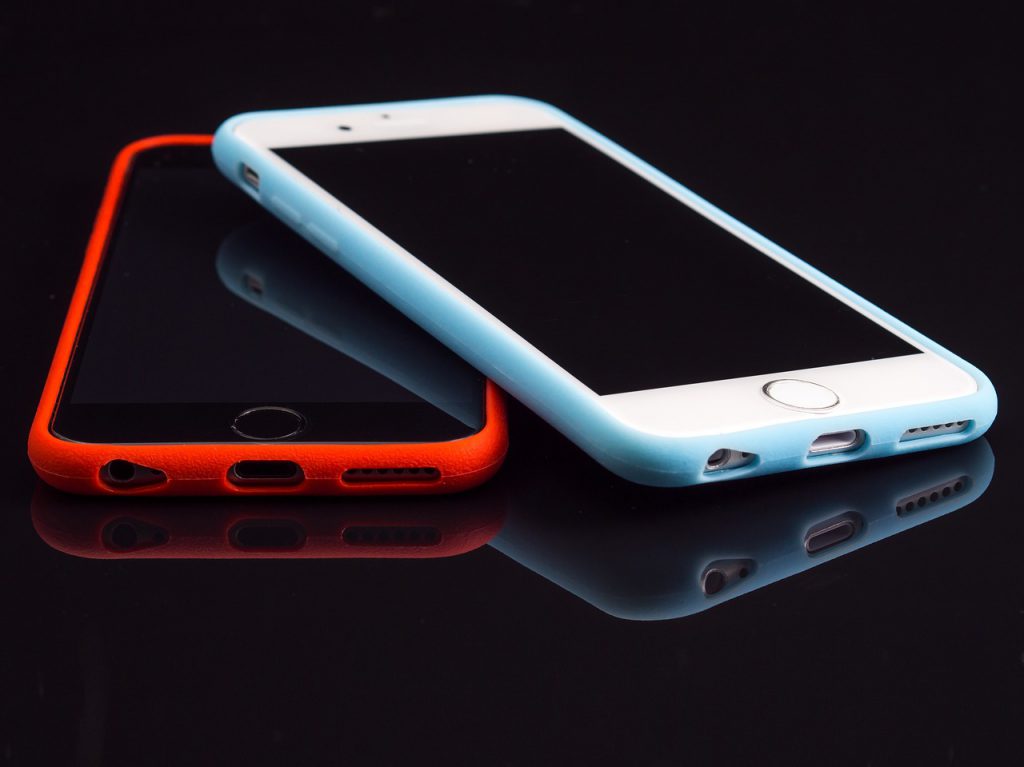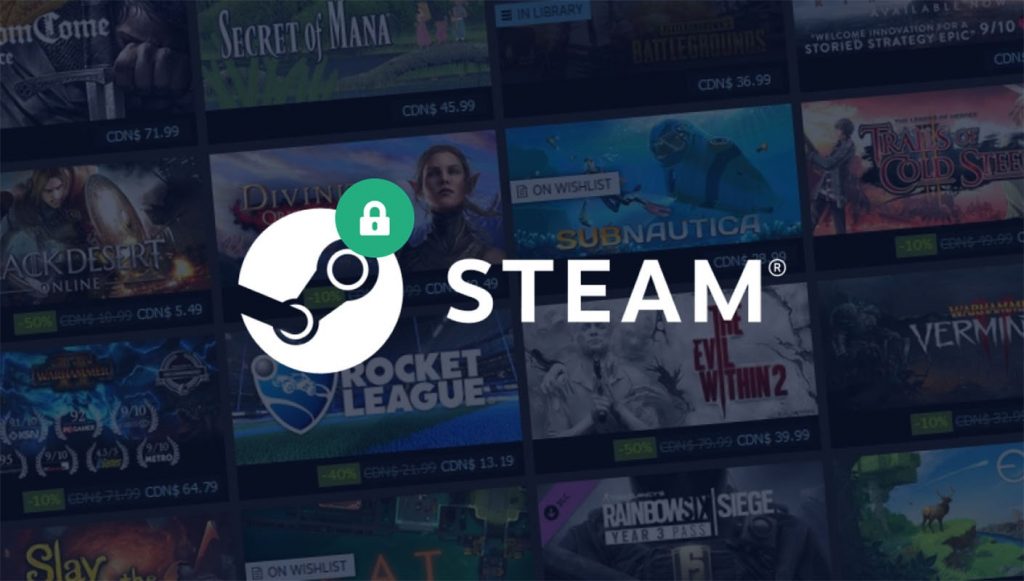If you use parental controls to manage your children’s screen time, you don’t want it to become a big deal. It’s there to keep them safe, to handle or avoid a problem with excessive screen use or possibly as a way of teaching a responsible approach to the internet and digital media. Maybe even all three. It’s not there to cause conflicts. If anything you’d hope they’ll reduce potential conflict situations. So how can we make sure that our use of parental controls is appropriate, effective and steers clear of tears?
Different types of parental controls
 First of all, we should understand that not all parental control solutions are alike. Android parental controls are able to achieve very comprehensive coverage of a wide range of features while developers of iPad and iPhone parental controls are much more limited in what they’re able to offer. Whatever operating system you’re on, the 3rd party systems available to you use a number of different approaches to achieving the goals of parental controls. These approaches are essentially formed by a mix of device monitoring features and device management features.
First of all, we should understand that not all parental control solutions are alike. Android parental controls are able to achieve very comprehensive coverage of a wide range of features while developers of iPad and iPhone parental controls are much more limited in what they’re able to offer. Whatever operating system you’re on, the 3rd party systems available to you use a number of different approaches to achieving the goals of parental controls. These approaches are essentially formed by a mix of device monitoring features and device management features.
Device Monitoring
Device monitoring features might include geofencing, the ability to view browsing history, call and sms history, total screen time and a breakdown of it’s usage. Essentially any feature that allows you to better understand the way that your child is using their device, without changing what they’re able to do on a technological level.

These sorts of features come with a debate of their own: whether or not it’s good practice for parents to spy on their children’s device and internet use. Both sides have their advocates. Some argue that children do not have privacy rights where parents are concerned, they earn privacy as a privilege by demonstrating responsibility. Others would argue that you foster responsibility in your children by trusting them to behave well within the boundaries you set. Where you fall on that spectrum might determine which device monitoring features you look for in a parental control solution.
On the other hand, your decision might be less philosophical and more practical. If your main concern is keeping track of your kids’ whereabouts, you just need a good family locator app.
Device Management
Device management features are those features which let you directly affect the way your child uses their device. This includes app blocking, internet blocking, screen time schedules and limits, internet content filtering, camera blocking, in-app purchase restrictions and much more.
 Where monitoring features just observe, managing features play an active role in establishing the boundaries you want your kids to follow. Turning the phone off at bedtime. Disabling access altogether to content too mature for them. You get the idea. Many would suggest that device management is more appropriate for younger children. It can help them to form good habits. Monitoring services on the other hand are seen as fitting the bill better with teenagers, to check that they’re behaving as they should. In real life though the situation is usually much more complicated than that.
Where monitoring features just observe, managing features play an active role in establishing the boundaries you want your kids to follow. Turning the phone off at bedtime. Disabling access altogether to content too mature for them. You get the idea. Many would suggest that device management is more appropriate for younger children. It can help them to form good habits. Monitoring services on the other hand are seen as fitting the bill better with teenagers, to check that they’re behaving as they should. In real life though the situation is usually much more complicated than that.
For a start, in most cases parents realise they need parental controls only in response to a problem that’s already developed, not as a preventative, habit forming method. As a result, this means that older children and teens often need to have devices managed too.
Using a pact app
The large majority of parental control apps available today can be described as “pact apps”. Essentially this just means that the child knows the app is installed on their device (you’re not all out spying on them). When you install software on your child’s device, explain to them what it’s for and why you’re putting it there. If possible, you want to explain the boundaries you’re setting such that your child agrees with them. In this way, a pact is entered into, which the software simply enforces.
It might be tempting to just install some software and let them deal with it. But talking like this is essential to encouraging ongoing good habits. Parental control software is a tool to help you raise tech smart, socially responsible children. A computer program can’t do that on it’s own though. You need to be discussing and modelling what appropriate and safe online behaviour is with your children. A pact app offers a great way to begin that conversation.
What’s right for my family?
 Ultimately, you’ll need to decide what approach you want to take on the basis of your family’s needs. You might not want to restrict any content, but block device use at certain times of day. Perhaps you need a way to give screen time as a reward for good behaviour or an app lock to block access to inappropriate games. Whatever the need, decide on an appropriate response and search for parental controls tailored to meet that need.
Ultimately, you’ll need to decide what approach you want to take on the basis of your family’s needs. You might not want to restrict any content, but block device use at certain times of day. Perhaps you need a way to give screen time as a reward for good behaviour or an app lock to block access to inappropriate games. Whatever the need, decide on an appropriate response and search for parental controls tailored to meet that need.
Creating high quality family time, both with screens and without them, is always a worthy goal. Parental controls are one particularly versatile tool that we have to help achieve that.
Best parental control app
Here at Kidslox we obviously like to think that we offer the best parental controls on the market. It’s not just talk though, we’ve got a lot of reasons for our confidence. One of them is that our system is very easy to use and understand. Yet it still manages to be relevant to a large number of different family situations. All of the different scenarios I described in the last paragraph can be resolved using Kidslox parental controls! It doesn’t end there though.
In a few days time we’ll be releasing our long awaited ‘Daily Limits’ function. It lets you set a fixed amount of screen time which your child is able to use in the course of the day. This makes it much easier to control screen time use in line with official recommendations. This will be joining our extensive existing feature list. So whether you need to filter web content, block apps, block internet or set usage schedules on iOS or Android, Kidslox is the right choice for you.





